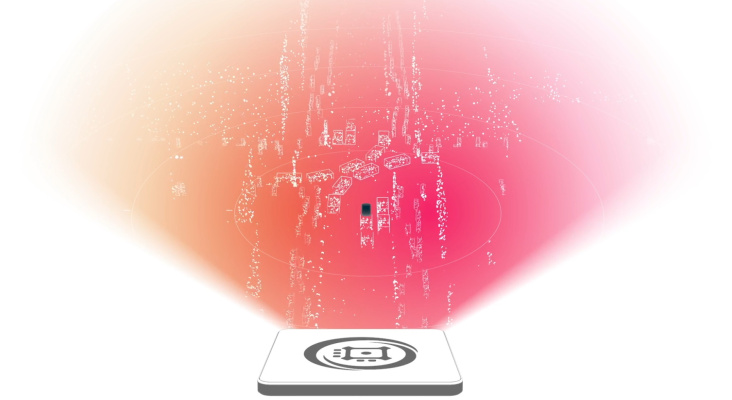Business
GM invests in radar software startup Oculii as demand for automated driving features rise

Oculii, a software startup that aims to improve the spatial resolution of radar sensors by up to 100-fold, has scored a new investment from General Motors. The new funding, which the two companies say is in the millions, comes just months after Oculii closed a $55 million Series B.
Oculii and GM have already been working together “for some time now,” CEO Steven Hong told TechCrunch in a recent interview. While he declined to specify exactly how GM plans to use Oculii’s software, it could be used to bolster the capabilities of the automaker’s hands-free advanced driver assistance system known as Super Cruise. Hong added that the company is also working with a few other OEMs, including one on the cap table.
“When a company like GM says, this is great technology and this is something that we potentially want to use down the line, it makes the entire supply chain take notice and effectively work more closely with you to adopt the solution, the technology, into what they’re selling to the OEMs,” he said.
The startup has no intention of building hardware. Instead, Oculii wants to license software to radar companies. The startup claims it can take low-cost, commercially available radar sensors – sensors that weren’t designed for autonomous driving, but rather for limited scenarios like emergency breaking or parking assist – and use its AI software to enable more autonomous maneuvering, Hong said.
“We really believe that the way to deliver something that’s scalable is through software, because software fundamentally improves with data,” he said. “Software fundamentally improves with better hardware in each generation that’s released. Software fundamentally over time gets cheaper and cheaper and cheaper, much faster than hardware, for example.”
The news is certainly bullish for radar, a sensor that is generally used for assistive capabilities because of its imaging limitations. But if Oculii can actually improve the performance of radar, which tend to be much cheaper than lidar, it could mean massive cost savings for automakers.
Tesla, the largest electric vehicle maker by sales volume in the world, recently nixed radar sensors from its advanced driver assistance system, in favor of a “pure vision” approach that uses cameras and a supercomputer-powered neural network. Hong said that the radar Tesla eliminated was very low resolution, and “wasn’t really adding anything to their existing pipeline.”
But he doesn’t think the company would always necessarily count out radar, should the technology improve. “Fundamentally, each of these sensors improves [the] safety case and gets you closer and closer to 99.99999% reliability. At the end of the day, that’s the most important thing, is getting as many nines of reliability as you can.”
-

 Entertainment6 days ago
Entertainment6 days agoIf TikTok is banned in the U.S., this is what it will look like for everyone else
-

 Entertainment6 days ago
Entertainment6 days ago‘Night Call’ review: A bad day on the job makes for a superb action movie
-

 Entertainment6 days ago
Entertainment6 days agoHow ‘Grand Theft Hamlet’ evolved from lockdown escape to Shakespearean success
-

 Entertainment6 days ago
Entertainment6 days ago‘September 5’ review: a blinkered, noncommittal thriller about an Olympic hostage crisis
-

 Entertainment6 days ago
Entertainment6 days ago‘Back in Action’ review: Cameron Diaz and Jamie Foxx team up for Gen X action-comedy
-

 Entertainment6 days ago
Entertainment6 days ago‘One of Them Days’ review: Keke Palmer and SZA are friendship goals
-

 Entertainment3 days ago
Entertainment3 days ago‘The Brutalist’ AI backlash, explained
-

 Entertainment3 days ago
Entertainment3 days agoOnePlus 13 review: A great option if you’re sick of the usual flagships
















